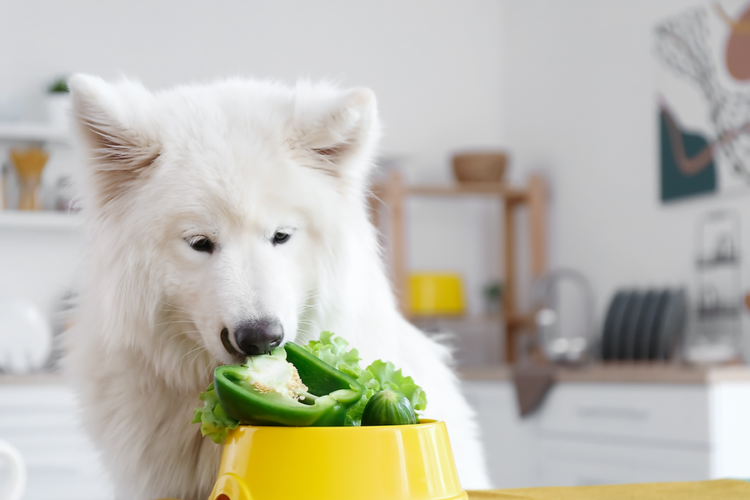From the perspective of human nutrition, we know that the less processing our food undergoes, the better for us it is. This is the same case for cats and dogs. As predators, cats can only get the nutrition they need from eating raw meats. They cannot get enough nutritious support from plant-based proteins like cereals and veggies, which people can because they lack the particular enzymes that break plant-based proteins biologically. Health problems arise when cats feed commercial pet diets due to their high processing levels and excessive sugar content. Particularly, dry food has been proven to be the cause of many chronic illnesses in cats, including allergies, digestive problems, diabetes, and urinary tract problems. Raw cat food preserves the nutritional content of the meal that is otherwise destroyed in commercial cat food diets as a result of high processing.
Prevalent Myths Regarding Raw Cat Food Feeding and Diets
Myth#1: Raw cat food is very expensive
Raw cat food is slightly more costly than commercial cat food since it is prepared with higher-quality and fresher components. Nonetheless, it is less expensive than some overpriced commercial cat food diets. You can save some money by buying in bulk. The health advantages of unprocessed foods exceed the costs. Health is precious and must be safeguarded at all costs.
Myth#2: Raw cat food contains lots of bacteria
This is one of the most common myths surrounding raw cat feeding. One can minimize the risk of bacteria or infection by giving their cat properly handled raw cat food. For example, at Houston Raw Pet Food, we routinely screen for salmonella and ensure that all of our products fulfill or surpass all relevant laws and standards. Furthermore, a cat’s immune system is well-equipped to deal with the numerous sources of pathogens and microbes that it meets on a regular basis. Bacteria in reasonable numbers are safe.
Myth#3: One cannot feed raw cat food and commercial cat food simultaneously
If you’re considering switching your cat to raw food, do so progressively over a few weeks. Within a few weeks, you can feed your cat both raw food and commercial food. For example, if you’re switching to raw, you can feed your cat raw food in the mornings and commercial food in the afternoons.
Myth#4: Raw feeding is complicated
Raw feeding, with proper preparation, is the most basic dietary technique. Simply determine the quantity of raw food that you will be feeding your cat. Raw cat food is typically delivered in ice crates. Place it in the fridge as soon as you receive it. Following these recommendations will show you that raw eating is the simplest.
Myth#5: Raw diets are composed of raw meat only
An individual who is inexperienced with raw feeding may infer that the diet consists solely of raw flesh. However, this is completely wrong. A nutritious raw diet for dogs and cats is comprised of raw flesh, bone, organ meats, vegetables, and supplements. The mixture is critical to ensuring that your furry friend receives all of the required nutrients.

